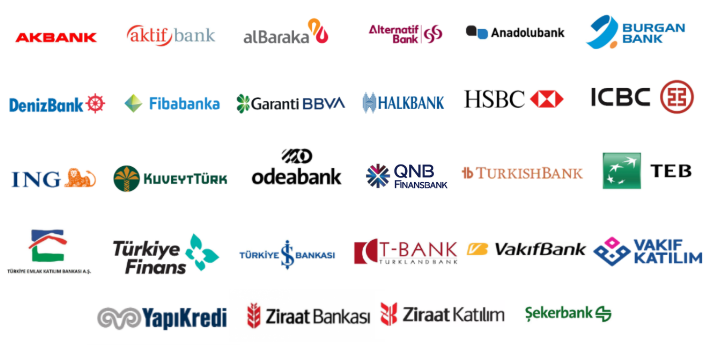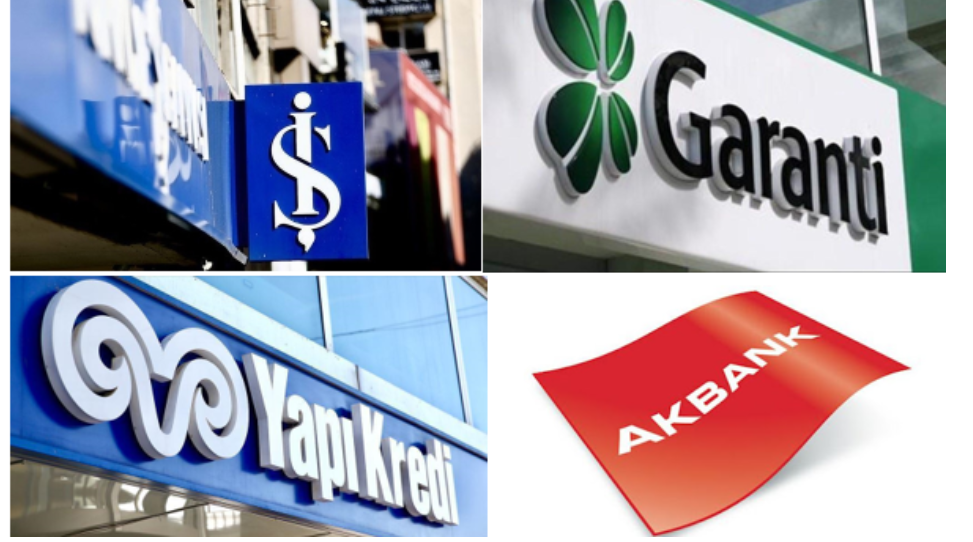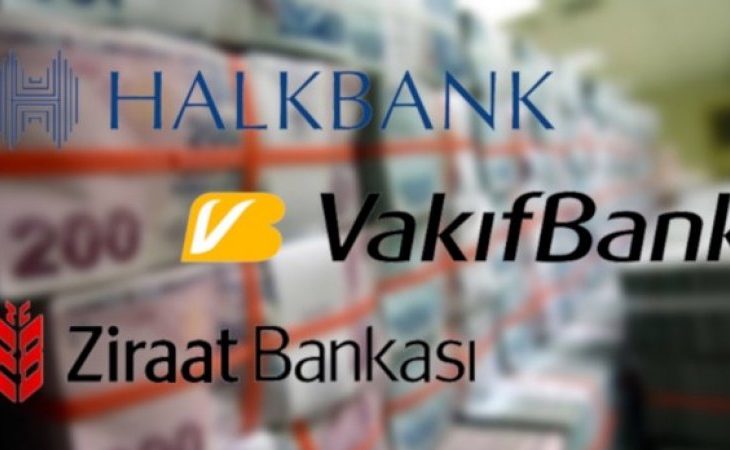Fitch: Turkish banks face “government intervention risk”
 bankalar2
bankalar2
Fitch rating agency warned about the risks faced by the Turkish banking system, largely arising from FX liquidity being sucked up by the Central Bank. While Turkish banks have this far easily rolled over maturing FX liabilities, they are fragile to an EM-wide event which cuts off “junk” borrowers like Turkish companies from the global credit market. However the biggest risk is AKP government relapsing to pre-election policy path of controlling currency depreciation by placing restrictions on banks’ balance sheets via haphazard macro-prudential regulations.
While Fitch also mentions a bank run on FX deposits as a serious event risk, there is little on the domestic horizon which could substantially reduce savers’ sentiment.
Excerpts from the report
Turkiye’s significant post-election policy shift, including the turn to a more conventional and consistent policy mix and progress towards normalisation of monetary policy, has reduced near-term external funding pressures, evidenced by banks’ recent market access. Nonetheless, Turkish banks are still vulnerable to refinancing risks given significant exposure to external foreign-currency (FC) wholesale funding and investor sentiment.
Turkish banks’ Long-Term FC Issuer Default Ratings (IDRs) and senior debt ratings are almost entirely capped at ‘B-’, one notch below Turkiye’s, reflecting Fitch Ratings’ view that the risk of government intervention in the banking sector is higher than that of a sovereign default.
Rising Short-Term External Debt
Turkish banks’ external debt (end-1H23: USD126 billion) remained high, and has increased slightly (+USD3 billion) in 1H23, mainly driven by customer and bank FC deposits, and loans.
The banking sector’s stock of short-term (ST) debt (maturing within 12 months) rose more substantially (end-1H23: USD90 billion; end-2022: USD84 billion), reflecting banks’ more restricted market access to, and the prohibitive cost of, longer-term issuance, as well as bank risk appetites becoming increasingly geared towards short-term operations amid policy and macro uncertainty.
We estimate that Turkish banks’ ST FC debt-service requirement in the event of a market shutdown was unchanged at end-1H23 at USD50 billion–USD55 billion. This amount is net of stable funding sources, including intragroup facilities and some foreign customer deposits, as well as lira external debt.
However, sizeable resident FC deposits are an additional potential call on banking sector FC liquidity, despite their sharp decline since end-2021 due to the FX-protected lira deposit mechanism.
Domestic FC deposits amounted to USD169 billion at end-1H23.
Reduction in Sector FC Liquidity
Total sector FC liquidity, broadly defined (end-1H23: USD71 billion), was sufficient to cover banks’ ST FC debt-servicing requirements (net of stable funding sources), plus about 10% of residents’ FC deposits. However, more than half comprises placements with the Central Bank of the Republic of Turkiye (CBRT), mainly in the form of FX swaps, with a further 13% in unpledged sovereign Eurobonds. Banks’ ability to monetise these assets in a stress scenario could become highly uncertain.
Liquid assets placed with Central Bank
Banks’ high-quality FC liquidity (cash and unencumbered placements at foreign banks, FX swaps with foreign counterparties) was just USD22 billion at end-1H23 (end-1H22: USD27 billion). FC liquidity could quickly come under pressure in the event of adverse market developments, increasing government intervention risk.
Follow our English language YouTube videos @ REAL TURKEY: https://www.youtube.com/channel/UCKpFJB4GFiNkhmpVZQ_d9Rg
And content at Twitter: @AtillaEng
Facebook: Real Turkey Channel: https://www.facebook.com/realturkeychannel/





